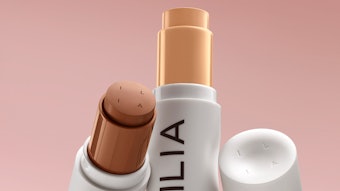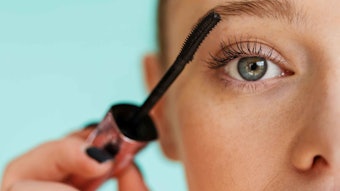In January 1973, Maison G. De Navarre wrote in Cosmetics & Toiletries (at that time Cosmetics and Perfumery) about “bioactive” or “chemical” cosmetics. He reviewed a 1972 report by E. Elmy of Dragoco, commenting “[he] uses such euphemisms as: eudermic, cutaneous bioactivators, dermatophilic, . . . bioactive, microergic, trophic factors, phytocytes [and] epidermic phenomenology. . .Well! . . . Indeed, the use of [these phrases] on the labeling of cosmetics would quite probably bring down the FDA for explanations.”
It’s amazing how, at that time, these concepts seemed “ephemeral,” as DeNavarre put it, but in fact they predicted the future—take plant stem cells, for example. In this issue, Dell’Acqua explains their production as well as their allure, a good portion of which is steeped in sustainability. And nanoencapsulation within microencapsulation? Quintana-Seguil describes this delivery technique, which makes chemically incompatible materials compatible. Also, Edmiston explores swellable organosilica materials designed to deliver fragrance or cosmetic actives at a given time or upon a specified stimulus.
Among Elmy’s concepts highlighted by De Navarre, “epidermic phenomenology” caught my attention. According to Merriam-Webster, phenomenology is the study of consciousness and self-awareness as a philosophy. Putting this with epidermic led me to what the industry now considers wellness and corneocare, which Steventon describes. Further, I wonder what De Navarre would have thought of Miksa et al.’s robotic arm, which was engineered to spread test sunscreen samples to improve the consistency of SPF results.
Thus, while Elmy was “poeticizing,” as De Navarre wrote, these fantasies became realities some 40 years later. Coincidentally, as I’m writing this, Stan Allured, publisher of Cosmetics and Perfumery in 1973, has stopped by to compare smart phones. Times, they are a-changing!










